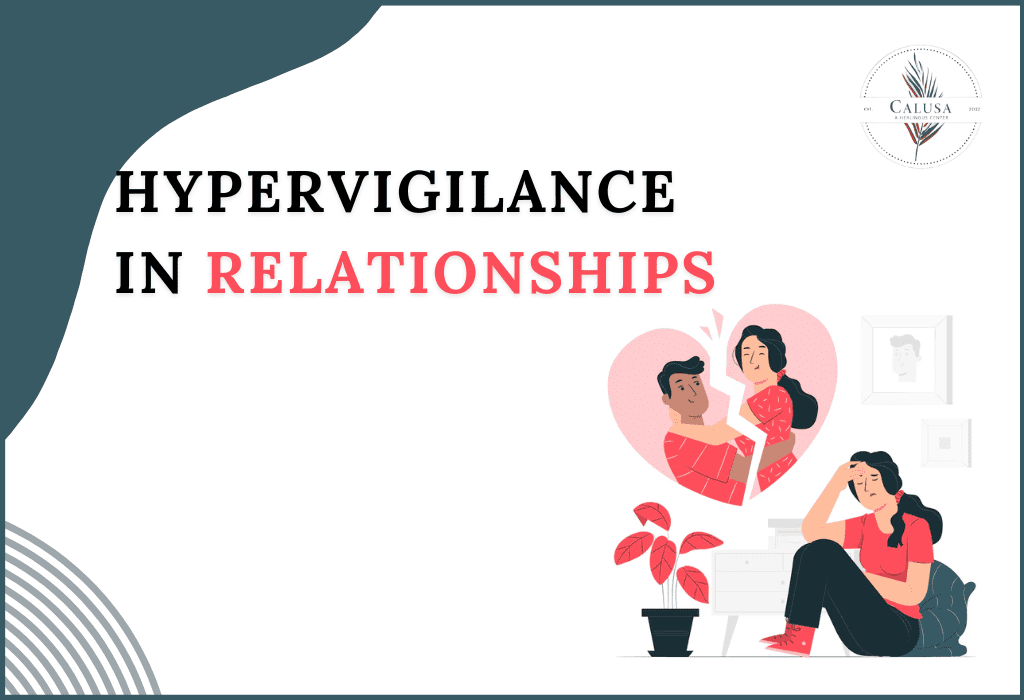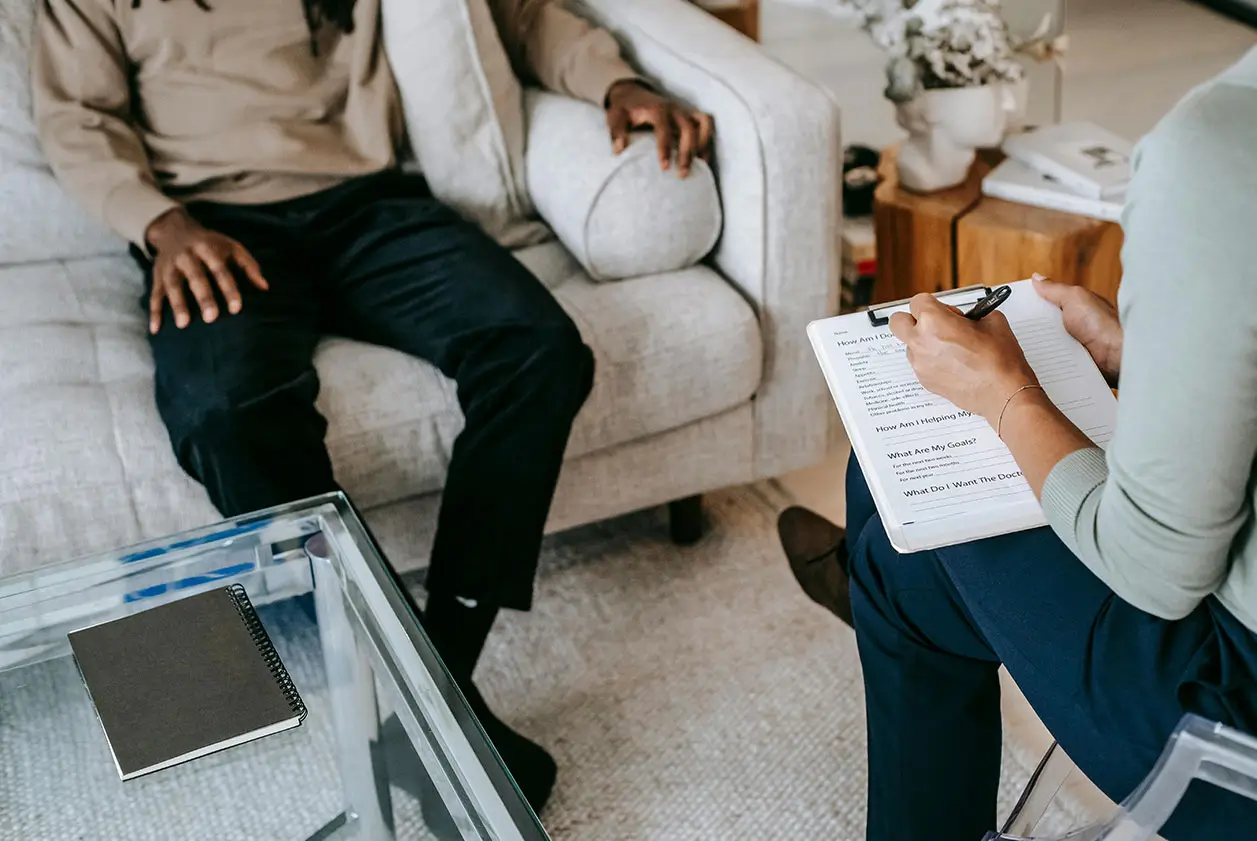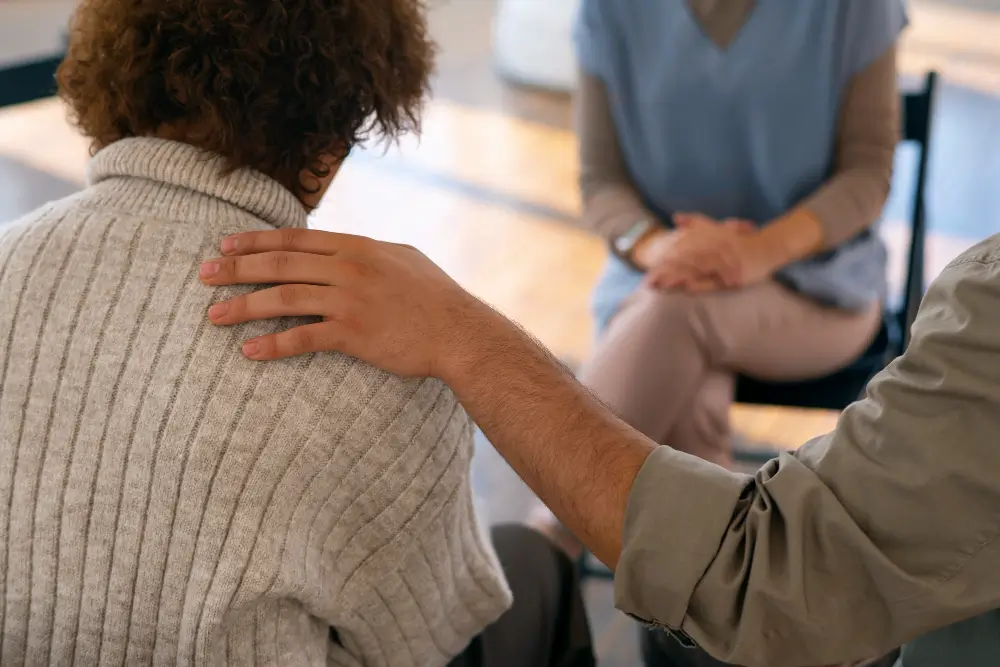Do you constantly feel on edge in your relationship, as if something bad is about to happen? Are you always scanning for signs of danger, overanalyzing words, or preparing for the worst? If so, you might be dealing with hypervigilance in relationships. It’s exhausting. It’s overwhelming. And it can make even the strongest relationships feel fragile.
This isn’t just about being cautious; it’s about feeling like you can’t ever let your guard down. Every text message, every change in tone, every shift in behavior feels like a potential threat. And even when things are going well, your mind tells you otherwise.
But here’s the truth: You are not broken. You are not alone. And you can heal. The cycle of fear and hyperawareness doesn’t have to control your relationships forever. Understanding hypervigilance in relationships is the first step toward breaking free and learning to feel safe again.
What Is Hypervigilance in Relationships?
Hypervigilance in relationships is a heightened state of emotional alertness where a person is constantly scanning for threats, even when no real danger exists. It often develops as a response to past trauma, betrayal, or deep-seated anxiety.
Approximately 67% of the U.S. population has experienced at least one Adverse Childhood Experience (ACE), which can contribute to hypervigilance in later relationships.
While hypervigilance can feel like a form of self-protection, it can also create distance, misunderstandings, and emotional exhaustion. Recognizing it is the first step toward healing.
Signs of Hypervigilance in Relationships
People experiencing hypervigilance often show both emotional and behavioral signs. These signs can make it difficult to trust, communicate, and maintain healthy connections.
Emotional Signs:
- Chronic Anxiety: Feeling tense and expecting the worst.
- Overanalyzing Everything: Constantly questioning your partner’s words or actions.
- Trust Issues: Finding it hard to believe your partner’s intentions are genuine.
- Emotional Exhaustion: Feeling drained from being in a constant state of alertness.
- Fear of Abandonment: Worrying excessively about being left or betrayed.
Behavioral Signs:
- Defensive Reactions: Taking even small comments as personal attacks.
- Avoiding Vulnerability: Struggling to open up and connect emotionally.
- Seeking Constant Reassurance: Frequently asking if your partner still loves you.
- Controlling Behavior: Trying to control situations to prevent surprises or hurt.
- Always On Guard: Watching for signs of conflict, dishonesty, or rejection.
Recognizing these patterns is key to understanding how hypervigilance in their relationships affects both you and your partner.
Causes of Hypervigilance
Hypervigilance in your relationship doesn’t appear out of nowhere. It’s often rooted in past experiences that shaped your view of safety, trust, and connection.
- Past Trauma: Abuse, neglect, or unhealthy relationships can leave lasting emotional scars.
- PTSD (Post-Traumatic Stress Disorder): Those with PTSD often experience hypervigilance as a survival mechanism.
- Anxiety Disorders: A heightened sense of worry can make relationships feel unpredictable and unsafe.
- Insecure Attachment Styles: Growing up with unreliable caregivers can create deep-seated trust issues.
- Toxic or Controlling Relationships: Past betrayal or manipulation can make it hard to feel safe.
Understanding the cause can help you take meaningful steps toward healing.
You May Read: Signs of a Toxic Relationship | How to Leave a Toxic Relationship
How Hypervigilance Affects Relationships
On the Individual:
- Feeling emotionally drained and stressed.
- Struggling to enjoy the present moment.
- Always questioning love and loyalty.
On the Relationship:
- Frequent misunderstandings and conflicts.
- Difficulty building trust and emotional intimacy.
- A cycle of insecurity, anxiety, and reassurance-seeking.
If left unaddressed, hypervigilance can create an emotional barrier, making it hard to connect with others fully.
Healing from Hypervigilance
Healing is possible. It takes time, self-awareness, and support, but small steps can make a big difference. Here’s how you can start.
1. Recognize and Accept It
Understanding that hypervigilance-affected relationships are a learned response, not a permanent state, can be the first step toward change.
2. Practice Self-Awareness
- Notice when you feel on high alert.
- Ask yourself: Is this a real threat, or is it my past talking?
- Keep a journal to track triggers and patterns.
3. Learn Relaxation Techniques
- Deep breathing exercises to calm the nervous system.
- Meditation or mindfulness to stay present.
- Physical activities like yoga or walking release tension.
4. Build Trust Gradually
- Set small, realistic goals for vulnerability.
- Give people the benefit of the doubt when possible.
- Focus on actions rather than assumptions.
5. Communicate with Your Partner
- Express your feelings openly.
- Let your partner know when you feel triggered.
- Work together to create emotional safety.
6. Seek Professional Help
Therapists and counselors can provide tailored coping strategies. Trauma-informed therapy can be especially effective for overcoming hypervigilance.
Take the First Step Toward Healing
Living with hypervigilance in relationships can feel like carrying a weight that never lifts. But healing is within reach. You don’t have to stay trapped in fear, doubt, and over-analysis.
At Calusa Recovery, we understand how past experiences shape your present reality. With the right support, you can rebuild trust, feel safe, and enjoy deeper connections. You deserve peace. You deserve healing. Take the first step today.
FAQs
Q: What is hypervigilance in relationships?
A: Hypervigilance in relationships is a heightened state of emotional and mental alertness, where a person constantly scans for threats, expecting rejection or conflict. It often stems from past trauma and can lead to stress, anxiety, and difficulty trusting others.
Q: What are the triggers of hypervigilance?
A: Triggers of hypervigilance can include past emotional trauma, childhood neglect, abuse, or unhealthy relationships. Specific situations like raised voices, sudden changes in behavior, or feelings of uncertainty can cause someone to feel on edge and overly alert.
Q: What attachment style is hypervigilance?
A: Hypervigilance is commonly linked to anxious or disorganized attachment styles. These styles develop from inconsistent or traumatic early relationships, leading to intense fear of abandonment and heightened sensitivity to perceived threats in relationships.
Q: How does unhealed trauma show up in relationships?
A: Unhealed trauma can appear as trust issues, emotional detachment, fear of intimacy, or hypervigilance. It may cause overreacting to minor conflicts, difficulty expressing emotions, or pushing loved ones away due to fear of being hurt again.










